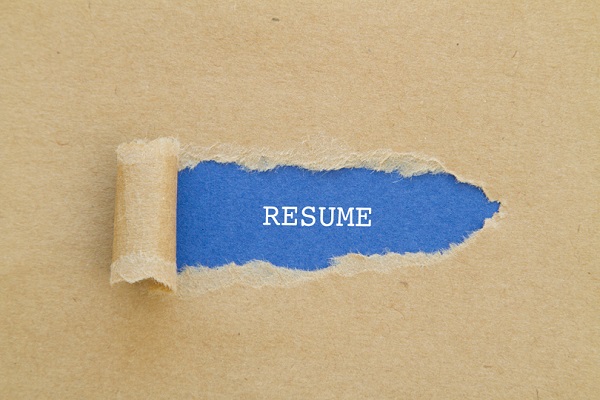A landmark was established in 1860’s, it was when the QWERTY keyboard was designed. However, it was an inefficient design- the order in which the keys appear had no connection with one processes information or the frequency with which one uses alphabets. It was designed to address an unusual problem-space out the more frequently used keys to prevent them from jamming due to over usage. Soon better designs came. There are others which were more efficient in terms of reducing typing speeds (the Dvorak keyboards for example), but none could displace QWERTY. The reason is plain to see-there are too many in the current network. Typists do not find alternate keyboards and manufacturer of alternate keyboards do not find any takers. So one day, we thought we should graduate to a more efficient board – a non QWERTY one! How to go about it? For an entire society to migrate to non QWERTY boards would now depend upon three things.
Firstly, all the typists must perceive the benefits of this migration perhaps faster typing), second, the cost of getting retrained has to be minimal, ideally negative, implying, ‘get paid’ if you train on alternate keyboards! Finally, they must be aware that there are enough manufacturers of alternate keyboards. [1] However, people often threaten to get back to old habits if the new keyboards are not manufactured fast enough.
In the above example, replace QWERTY with cash and non QWERTY with cashless!
Transition from a cash to cashless economy will have similar issues.
1. Individual benefits: The main advantage to any individual of making digital payments is convenience. The advantages of digital payments in terms of time saved to withdraw money, the transportation cost of going to the store and finally the hours spent in bringing home the groceries are significant. It is more so for people in the bottom of the pyramid. For them, it is either getting the e grocery or losing the wage for the day! What perplexes me is that such individual benefits are currently not highlighted at all, instead the entire exercise has been a one grand step towards nation building!
2. Negative costs: This is one box which can by and large be ticked although it did not start that way. The incentives to use cashless were nil to begin with but is now gradually gaining prominence with each subsequent Government announcements. We graduated from a Merchant Discount Rate of 2% to now getting cashbacks and 0.75% off if one makes digital transactions. More incentives can be given. There are cross country studies that establish how growth in digital payments contribute to overall GDP growth. That itself is a starting point to calculate the incentive amounts.
Surprisingly, the MMID is not being promoted. This does not depend upon fantastic connectivity or expensive phones! Large part of Indi, irrespective of their literacy have been using and will use phones quite well! The convenience of using digital payments needs to be the focus-individuals would prefer making payments sitting at home than take the trip to the POS.
“While the Government’s boost to increase POS is laudable, encouraging mobile payments through better connectivity and promoting mobile to mobile payments through MMID will be the clincher.”
3. Awareness: While promoting e-wallets, an important narrative seems to be missing-and that is realizing the role of the players on the other side of the market. What I need to know before putting money in an e-wallet is not whether my neighbour has an e-wallet but whether my neighbourhood kirana store has one. Surprisingly, most of our focus seems to be still in chasing cash-apps are already doing rounds about the status of the ATMs in the neighbourhood and not the e-wallet accepting merchants! In spite of the fantastic growth in e-wallet payments (300% in one month ), this still forms an insignificant fraction of total transactions. The worry is that these numbers are built on the artificial scarcity of cash. What happens when cash is back in the system?
4. Keeping the habit: Research shows that the extent of cashless transactions that will be maintained will be determined by how frequently individual bank accounts see inflow of funds. The chain of cashless gets broken as soon as individuals start receiving payments in cash, for they have to incur additional costs of converting these cash to cashless instruments. Given that India is moving towards Direct Benefit Transfers, one can increasingly see digital government-to-person (G2P) payments. However, G2P forms a small proportion of individuals’ payments.[2] What is needed is to have is fiscal as well as other incentives forindividuals to make digital P2P payments-especially to the informal sector. An account that sees a steady inflow of funds is vital to sustain a cashless equilibrium.
So with one month into our cashless journey, some boxes are ticked and some are yet to be ticked. Where we end up will depend upon how quickly we tick the remaining boxes. What we do not want is a society where the QWERTY keyboards are banned, new keyboards are not available, and India has stopped writing!
About the Author:
Dr. Bappaditya Mukhopadhyay
Dr. Bappaditya Mukhopadhyay is currently the Program Director of Post Graduate Programme in Business Analytics (PGPBA) at Great Lakes Institute of Management, Gurgaon. He holds a Ph.D degree in Economics from Indian Statistical Institute and he serves on the editorial board of various journals and has published widely in the areas of Financial Economics. His area of interest is in Public Policy and development Issues.
When we stopped writing

Table of contents






